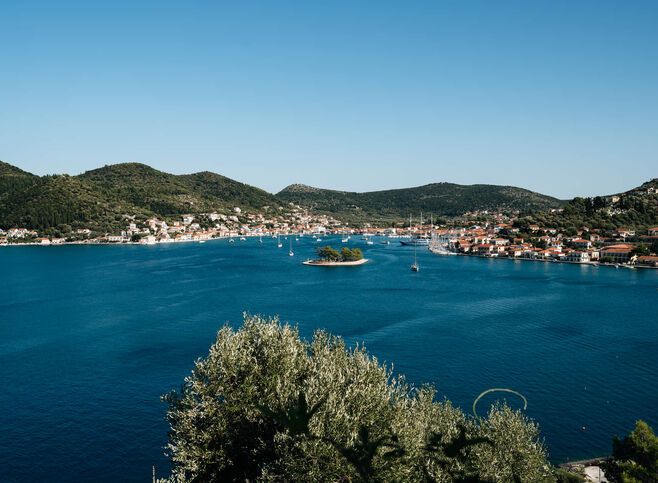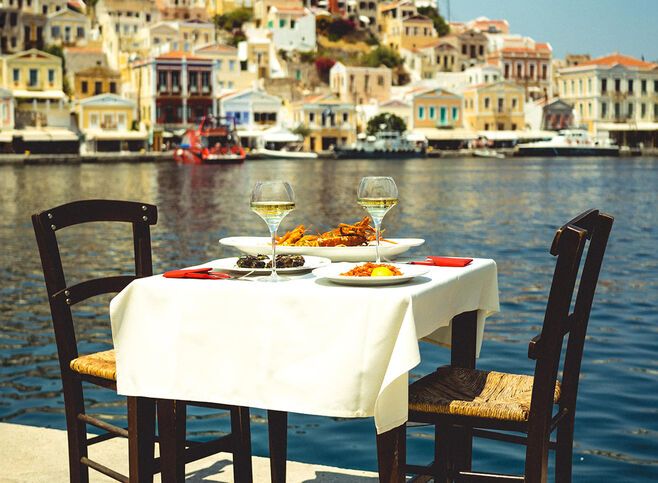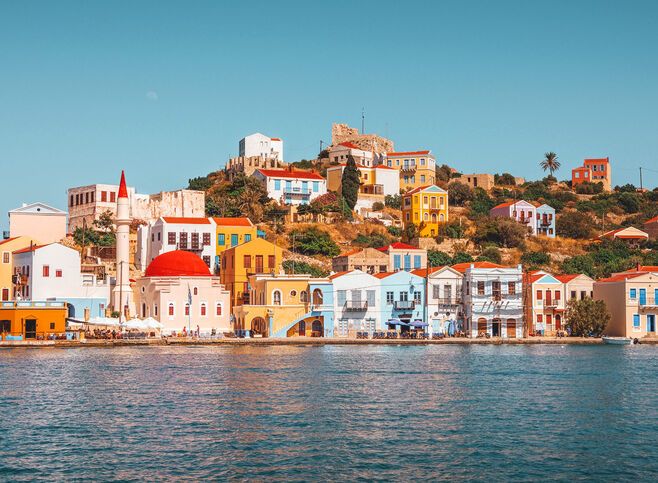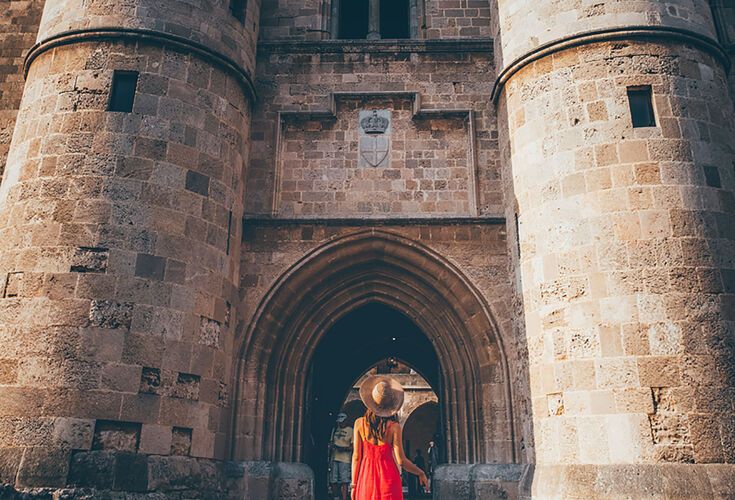Two-storeyed, painted with vivid colours – not white – they climb the hill behind it like tiers in an amphitheatre, with the sea as the stage
+8
This little gem of an island lies just 800m from the Turkish coast, but it is ineffably Greek. On the map, it appears a mere speck in the Mediterranean, yet for eons it lay on the crossroads of all the major civilisations. It prospered, too, as you will see from the impressively restored mansions that line the port and only town, and from the red castle nearby that gave the island its name. Most importantly, Zeus (amongst other things, the god of hospitality) still reigns here and the locals will make sure your holiday is memorable. Welcome to Kastelorizo!
This is where the 1991 Oscar-winning film Mediterraneo was shot, catapulting the island from obscurity to world fame. Audiences were entranced, not only with its beauty but with the open-heartedness, laid-back ambience and positive energy that shone through on celluloid. Kastelorizo has a viral power: stories and legends are passed down from generation to generation and then from country to country. And the backdrop is always the same: the deep blue of the Aegean. When you leave, you’ll also want to share your impressions of the island of the Red Rock.
Lined with handsome old houses, Kastelorizo’s little harbour could be an advertisement for Dodecanese architecture. Two-storeyed, painted with vivid colours – not white – they climb the hill behind it like tiers in an amphitheatre, with the sea as the stage. Its different neighbourhoods – the Centre, Pera Meria (or Palameria), Kavos – still retain the atmosphere of a century ago.
A stroll round to the older part of town makes a fascinating history lesson. In Kastelorizo, you’ll find a plethora of significant sights and attractions. Start at Kastello Rosso where the castle, erected by the Knights of St John on the russet hill, takes you back to the 14th century.
Climb the narrow iron staircase to where the Greek flag flutters for a wonderful view of the harbour. Below the castle is the beautifully preserved Lycian tomb, in haut-relief carved out of the rock. East of it lies the picturesque port of Mandraki and above it is the Church of St Constantine and St Helen, the island’s cathedral with gothic features built on the site of an early Christian basilica.
Some say this is the most striking grotto in the Mediterranean. Arriving here by boat, you may agree. By some magical means, the sunlight reflected at the back of the cave paints the water an unbelievable shade of Aegean blue, which can be neither described nor captured in photos.
275, 276, 277... only a few more steps to go. You’re climbing the steep path from Horafia to the top of a high hill for a reason. Not only will you be rewarded with a panoramic view but you’ll also find yourself at the fortified monastery of Ai Giorgi tou Vounou (St George of the Mountain).
The islet of Ro (also called Agios Georgios or Ropi) lies to the southwest of Kastelorizo. For Greeks it has special, symbolic importance thanks to a remarkable woman, Despina Achladioti, who lived there completely alone for 40 years. What started as a patriotic act of resistance during the Nazi Occupation continued until her death. Every morning she raised the Greek flag on this remote outpost and took it down every evening as the sun set. Any would-be invader would have to contend with her first.
You’ll find a remarkable collection of artefacts from ancient and Byzantine times here, as well as samples of local handicraft that will initiate you into the traditions of the island.



